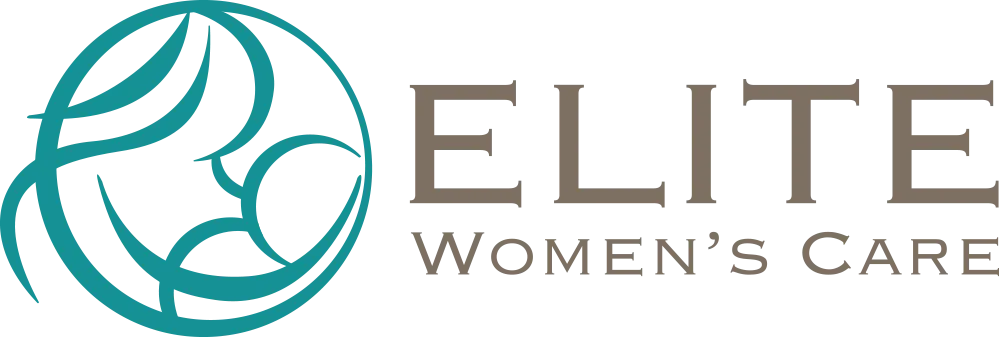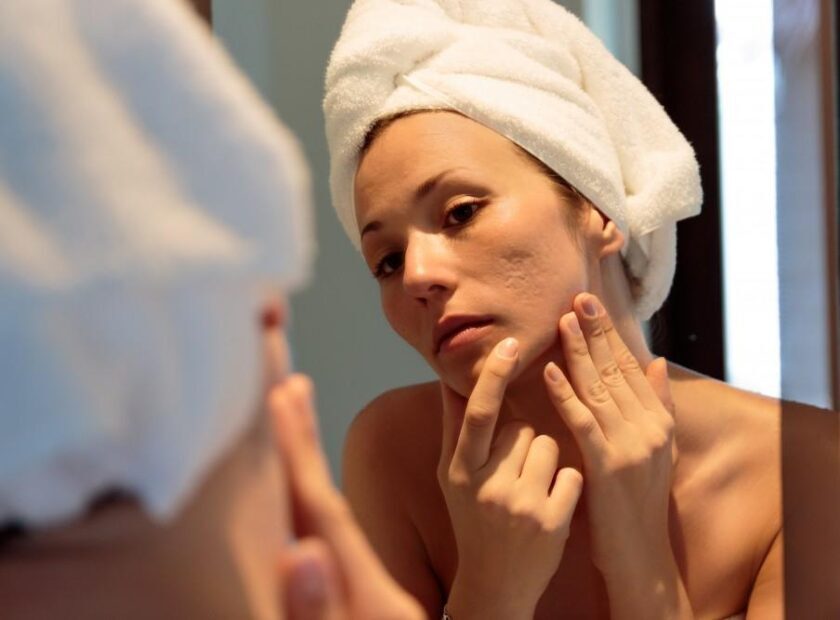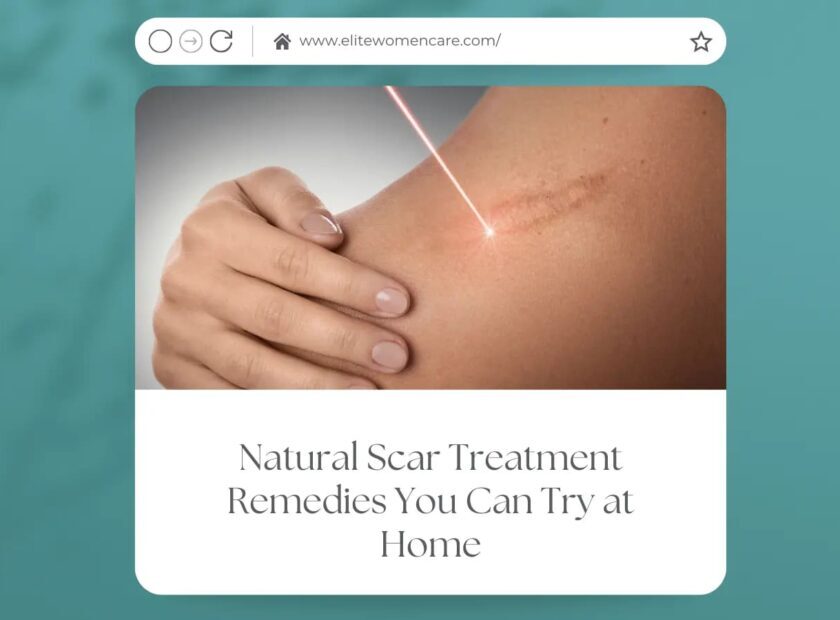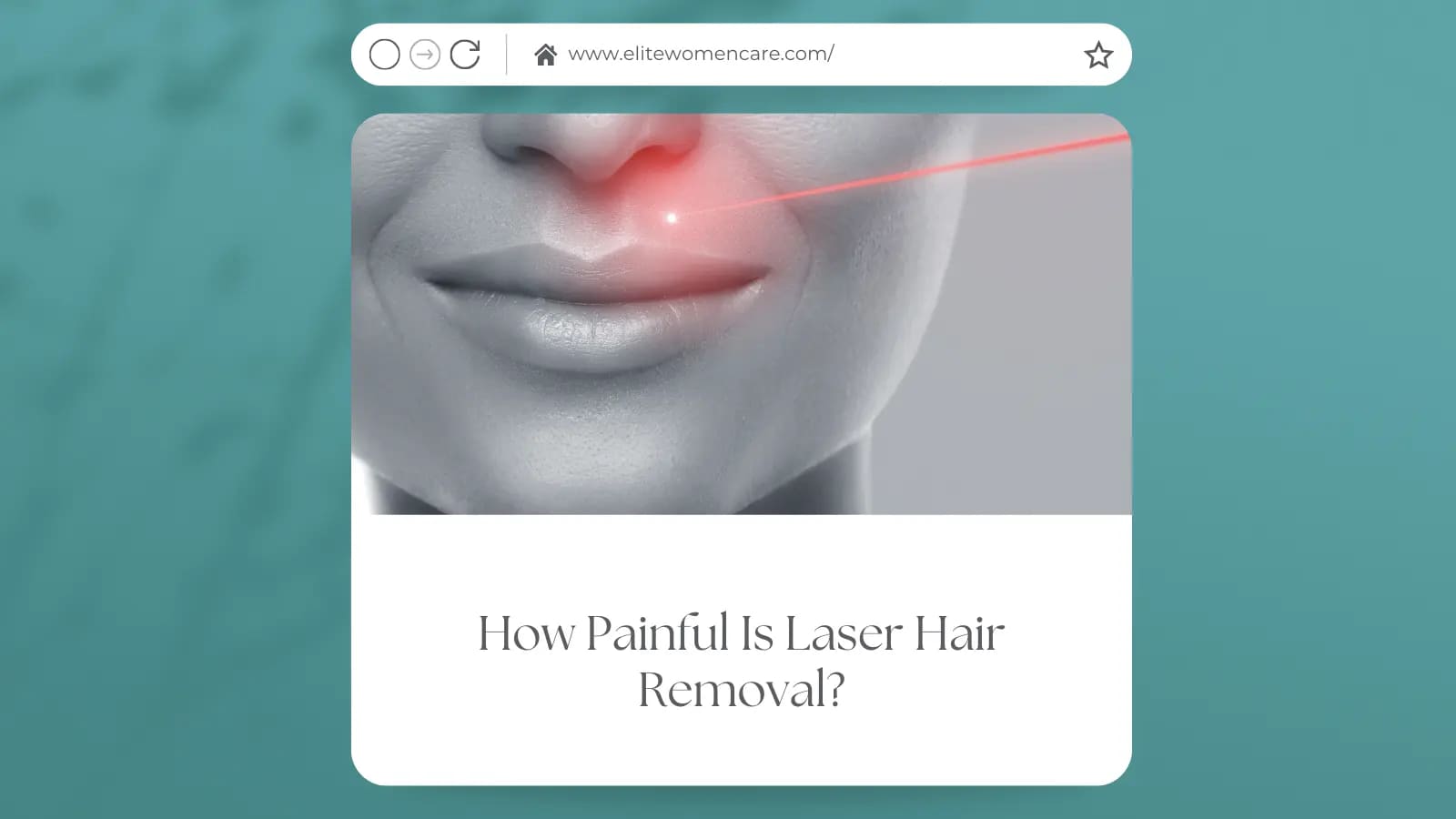
How Painful Is Laser Hair Removal?
Going in for laser hair removal, one or two first questions in the mind would definitely be: “How painful is laser hair removal treatment?” It is an often asked concern, and rightfully so. Be it unwanted fine hair on the face, legs, or across bikini lines, knowing what to expect acts as comfort and helps prepare a person through the whole procedure. Though pain perception is individualistic, a couple of universal ones exist about how it feels, steps that go into minimizing pain, and whether it is worth it for the utmost reward.
What Does Laser Hair Removal Feel Like?

The procedure feels like a bunch of quick snaps off the skin with a finger, maybe like the dreaded flick of a rubber band. Depending on that little target area and the kind of laser used, it could mildly ill ease your senses or strike with a quick stabbing intensity that fades away in a matter of seconds maybe. Rarely, if ever, do they say, “Unbearable” to describe the sensation of laser hair removal. This laser projects a really strong light ray, targeting the hair pigment in the follicle, hence heating it up to destruction but leaving the skin unharmed.
This perception also varies with one’s skin tone, hair coarseness, and degree of pain sensitivity. More coarse hair or areas with abundant nerve endings, such as the upper lip or bikini line, can induce aggravation. Luckily, most clinics use the latest machines equipped with cooling devices or gels to soothe the skin during the treatment. If you feel that your skin will be more sensitive due to laser hair removal, your technician may additionally pre apply numbing cream.
Does Laser Hair Removal Hurt More Than Waxing or Shaving?
One question that arises very often is, “Is laser hair removal more painful than waxing?” It depends on individual pain tolerance. Some people feel laser treatment to be more comfortable over a period. While the waxing procedure violently rips the hair from the follicle and causes redness and swelling in the treated area, laser removal has a much more gradual and targeted approach towards hair removal. The possible pain lasts only for the duration of the laser pulse, which is in the milliseconds.
Yet compared to shaving, which involves no heat or any interaction with tissue depth, the pain is noticeable. But then, what justifies this annoying laser treatment trade off is its being long term effective. With shaving or waxing, you’re almost always doing it all the time, while experiencing an itch here and there from the irritation and ingrown hairs. Laser treatments keep you off that eruption for longer, and as the sessions continue, your hair also grows back thin and sparse, causing a lesser amount of pain upon laser treatment.
First Time Laser Hair Removal Experience: What to Expect
Walking into your first laser session can be a little intimidating. But being prepared does help alleviate that tension. Your technician should clean the treatment area and might even shave it to target the follicle more directly with the laser. You will then be given prescriptions for eyewear and perhaps the application of cooling gel. Upon activation of the laser, one will likely feel heat punctuated by snapping sensations with each pulse.
Many initial clients are struck by how intolerable it was alleged to be. The mild discomfort is occasionally felt to increase throughout the treatment procedure but is rarely felt to be beyond tolerability. It might take only a couple of minutes to treat an underarm or upper lip area. Post treatment, the skin may appear a little red or, sunburned, but these sensations usually subside within a day or two.
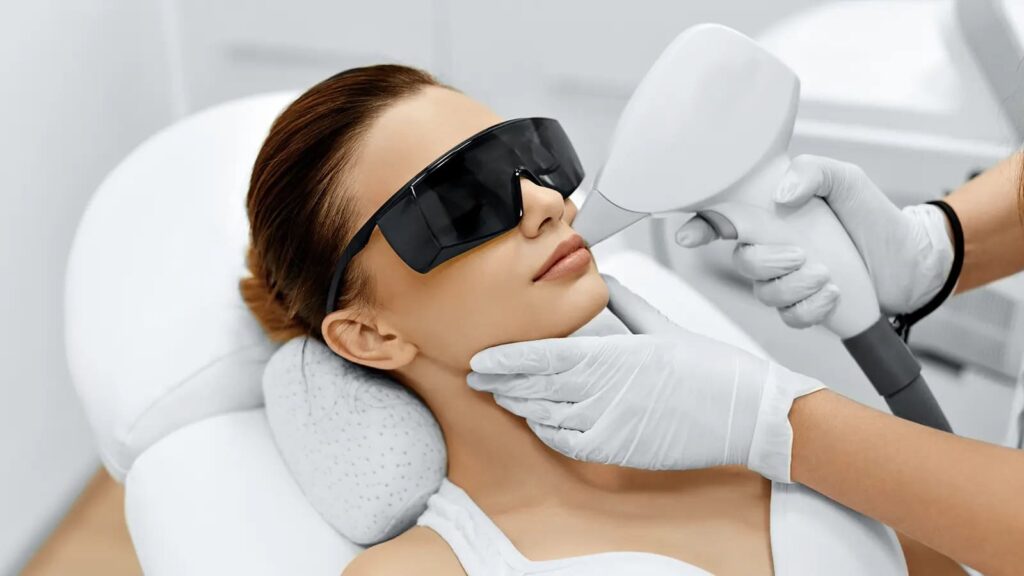
More importantly, knowing about a first time laser hair removal experience helps to shed doubts on the whole process. The more you know about it and are ready for it, the less scary it will be for you. Should you be concerned about how it feels, ask the clinic if they offer a patch test, so you could try it on a small area first.
Is Laser Hair Removal Painful for Sensitive Skin?
People with sensitive skin often worry about the pain or potential adverse reactions that could follow certain cosmetic treatments. Fortunately, there are now advanced methods designed specifically for comfort, offering pain free options. These technologies often include a cooling mechanism to help balance out any heat during the procedure, reducing the chance of stinging or burning sensations. Interestingly, some individuals with sensitive skin report tolerating these treatments better than waxing, which can lead to prolonged irritation and even damaged skin. In any case, it’s essential to communicate your skin sensitivities to the technician beforehand so adjustments can be made accordingly. The right method tailored for sensitive skin can make the entire process far more comfortable and pleasant.
A great deal of skin care should be practiced after the treatment so as not to have an untoward incident happen. Avoid sun exposure, exfoliants, and anything that would irritate your skin. You may notice slight redness and warmth immediately after treatment, but these sensations dissipate quickly well within a few hours.
Areas That Hurt the Most (and Least)
In laser hair treatment, pain sensation varies per each part. Some parts are quite sensitive, for instance, with high densities of nerve endings and thin skin: the bikini line, the upper lip, and underarms are generally deemed to be the most painful zones to treat. It can feel very sharp and sudden, but also very short lived.
By comparison, the legs, arms, and back areas can well be tolerated. The skin in these areas is generally thicker with not so many nerve endings lying within the superficial layers. This makes these areas perfect for beginners or for those who are asking how much does laser hair removal hurt. After repeated sessions, one can also handle the laser pain in sensitive areas.
This is what makes the knowledge of variability helpful in planning your sessions. It would be a good idea to begin with a less sensitive area and take the treatment so as to gauge how you respond on an individual level, and then work your way into the more sensitive areas. Such a gradual approach helps in building that confidence and tolerance.
Managing and Minimizing Pain During Treatment
There are several things which you can do to lessen the amount of pain felt by patients during their laser hair removal sessions. One of the most effective methods for reducing the discomfort is to apply a topical anesthetic about 30 minutes before the treatment. A topical numbing cream numbs the skin and diminishes the pain by a great deal.
Try to relax through deep breathing. Since tension heightens the sense of pain, staying loose and keeping your thoughts distracted is best. Many clinics explicitly state that you can listen to music or podcasts. Finally, drink a lot of water and keep away from caffeine before your appointment, as both could increase skin sensitivity.
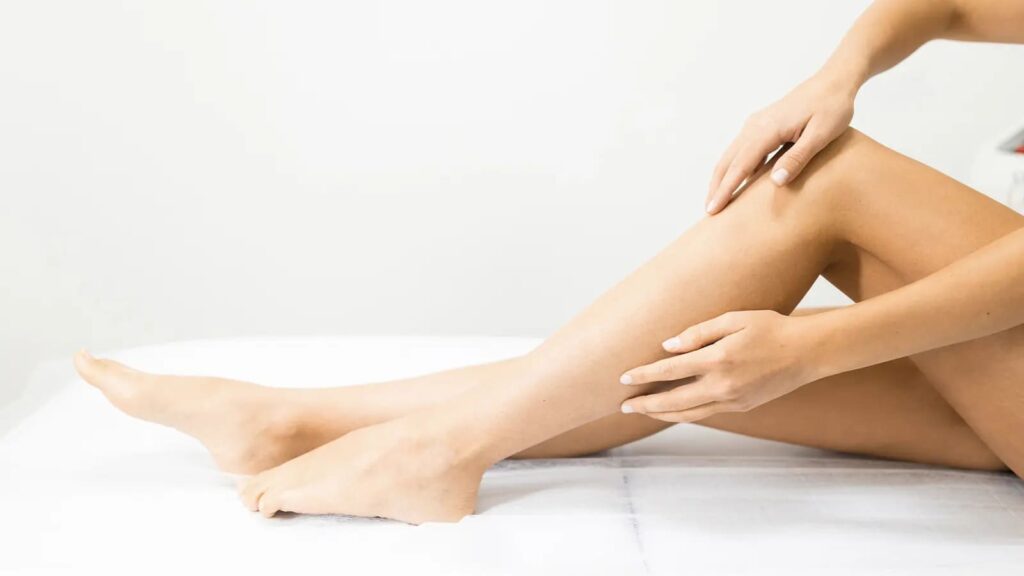
Check for a professional with great experience and a credible clinic from the beginning. An expert who works timely and well will cause less pain and more satisfaction.
Side Effects and Risks of Laser Treatments
Generally, laser procedures are designed to be safe, but unwanted effects may occur, especially if done incorrectly. The most common side effects include redness, swelling, and a mild sunburn sensation, these are temporary and usually resolve within hours or days. They can be eased by using soothing lotions or cold compresses.
Blistering, scarring, or pigmentation changes are rare but more serious side effects that typically happen when treatments are performed by inadequately trained personnel or on unsuitable skin types. Therefore, patients should ensure that the procedure is carried out by experienced professionals who understand the risks and use FDA approved equipment.
Strictly following all aftercare instructions is a reliable way to minimize risks. Avoiding sunlight exposure, not picking at the treated area, and applying the highest SPF sunscreen can help prevent many potential issues. Being well informed helps you anticipate and avoid complications.
How the Pain Level Changes Over Time
Sending you some good news: the level of pain for laser hair removal tends to lessen with every session. The hair thins out and becomes fine, meaning that there is less pigment for the laser to absorb its energy. Hence, there is less heat and less discomfort. Many mention that treatment begins to feel fairly tolerable after their second or third sessions.
Your body also gets used to it. What felt irritating the first time will become more of an inconvenience after the fourth or fifth time, which makes it easier to keep up with treatments to attain the best results.
The skin in contrast begins to work better with the laser after a while. So should you be consistent in attending your sessions and follow the aftercare measures, you will not only reciprocate the best results but an ongoing reduction in pain as well.
Final Thoughts: Is It Worth the Discomfort?
Cosmetic procedures do come with some discomfort, but most people who have undergone this treatment report that the slight pain is tolerable and well worth it for the long term benefits. The minor pain and discomfort are small prices to pay for perfectly smooth skin with reduced hair growth, helping you avoid daily shaving or weekly waxing appointments.
It’s also worth noting that the technology continues to evolve. Today’s treatments are far more comfortable than those of a decade ago, thanks to improved cooling systems and more precise targeting. If you’re still wondering is laser hair removal painful, know that with the right provider and proper preparation, the answer is: not nearly as much as you might think.
Keep in mind that once you decide to proceed, there’s no turning back. With the right care and realistic expectations, this treatment could end up being less painful and leaving your skin smoother than you ever imagined.
6 Frequently Asked Questions About the Topic
What can I do to prepare for my first laser hair removal treatment?
Make sure the area is freshly shaved 24 hours before your appointment, avoid tanning (natural or artificial) for at least two weeks, and skip applying lotions, deodorants, or perfumes to the treatment area on the day of your treatment. These steps enable the laser to work more effectively and reduce potential skin reactions.
Can I have laser hair removal if I’m already on medication?
Some medications, certain antibiotics, acne drugs, and photosensitizing medications, can make the skin more responsive. Make certain to inform your technician of all the medication you are currently taking so they can advise you if you should delay or take special care.
When will I see noticeable results?
While some notice reduced growth of hair following the first treatment, most will need 4–8 sessions spaced every week or two for maximum results. The frequency of each session varies by hair type, skin tone, and area treated.
Is laser hair removal safe for all skin types?
New laser technologies are designed to treat many skin types safely, but the laser type and settings must be properly chosen. Make sure your clinic is using FDA-approved equipment suitable for your skin type to minimize risks.
Is it possible to use laser hair removal in conjunction with other treatments of the skin?
It’s best not to have other annoying skin treatments, like chemical peels, microdermabrasion, or aggressive facials, in the treated area for 1–2 weeks before and after your treatment. Done too close together, they can intensify irritation or prolong healing.
What do I do if I notice odd reactions after treatment?
Redness and swelling should be expected, but in case you see blisters, severe itching, or color changes, notify your clinic immediately. Early communication allows them to counsel you about proper aftercare and help heal your skin.
